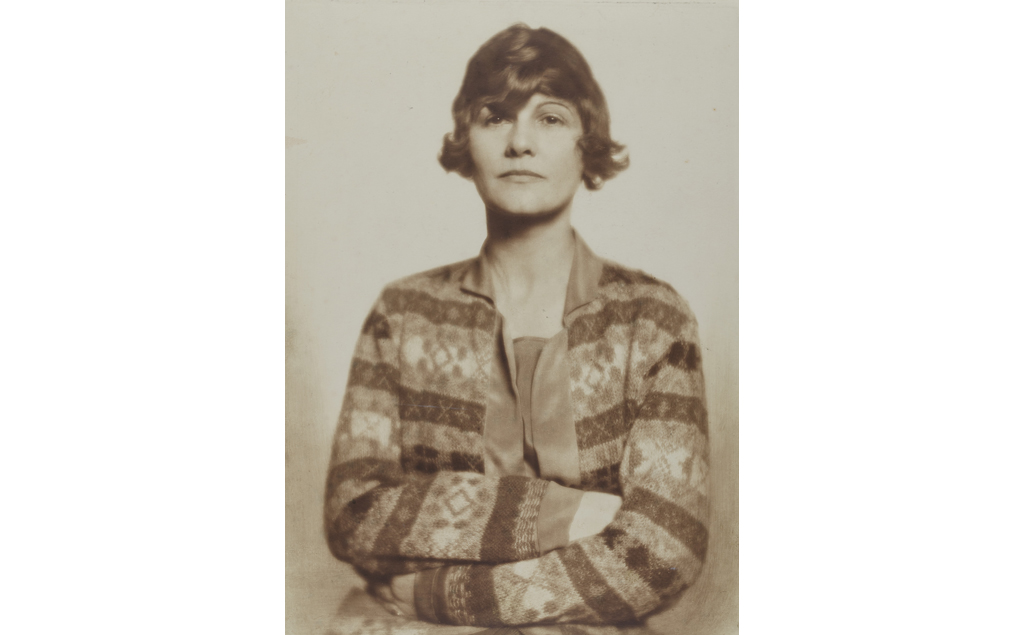At the heart of Monaco, inside the elegant Villa Paloma, a new exhibition sheds fresh light on a fashion icon of the 20th century. “Les Années folles de Coco Chanel”, on display until October 5 at the Nouveau Musée National de Monaco, takes visitors deep into the daring, inspired world of Gabrielle Chanel in the 1920s — and the key role the French Riviera played in shaping her creative vision.
Fashion, art, and the spirit of the times – Told through 200+ pieces
With over 200 objects on display, this exhibition is a visual and cultural dialogue between 30 original Chanel garments and accessories and works by artistic giants like Pablo Picasso, Kees van Dongen, Marie Laurencin, and Jean Cocteau. The experience is further enriched by photographs from legends such as Man Ray, Edward Steichen, and Roger Schall, capturing the essence of a transformative era.
Curated by Celia Bernasconi, the exhibition explores three main themes: outdoor living and seaside leisure, the Ballets Russes and Slavic influences, and the birth of Riviera style.

Monaco and Chanel: A love affair over a century old
Monaco wasn’t just a backdrop for Chanel’s style — it was an active part of her story. In 1914, she opened her second boutique at the Hôtel Hermitage, right as the Principality, under Prince Albert I, was flourishing in the arts and sports. After World War I, Sergei Diaghilev’s Ballets Russes began performing in Monaco each winter, and Chanel quickly became part of this avant-garde circle.
Even Princess Charlotte, daughter of Prince Louis II, became a muse. For her civil wedding, she wore a Chanel outfit, perfectly embodying the modern woman Chanel envisioned.
Fashion for a woman in motion
Chanel was one of the first to recognize the needs of the 20th-century woman — independent, athletic, and constantly on the move. Her boutiques in Deauville, Monte Carlo, and later Biarritz offered clothing tailored for golf, tennis, and horseback riding — a bold departure from the restrictive women’s fashion of the past.
Art, love and creative fusion
Chanel’s collaboration with Diaghilev opened a new chapter in her creative life. In 1924, she designed costumes for the ballet “Le Train Bleu”, which featured a stage curtain based on Picasso’s “Two Women Running on the Beach.”
Her romantic relationship with Grand Duke Dmitri Pavlovich introduced Russian influences into her work, leading to her famed “Russian Collection” of 1922 and a revolution in costume jewelry — her iconic oversized faux pearls, which redefined luxury.
La Pausa: Where fashion took a deep breath
In 1928, Chanel built La Pausa, her villa in Roquebrune-Cap-Martin, which would become her private retreat and creative haven for the next 20 years. Friends and collaborators like Jean Cocteau, Salvador Dalí, Pierre Reverdy, and the Duke of Westminster often visited. Archival photos show Chanel wearing striped tops and layered pearls, perfectly embodying her effortlessly elegant aesthetic.
A timeless influence on modern femininity
This exhibition not only highlights Chanel’s deep ties to the French Riviera, but also illustrates how her vision of a free, modern, and elegant woman continues to shape fashion to this day. Notably, this marks the fourth consecutive year that Chanel has supported the museum’s programming, deepening the brand’s cultural connection with Monaco.















